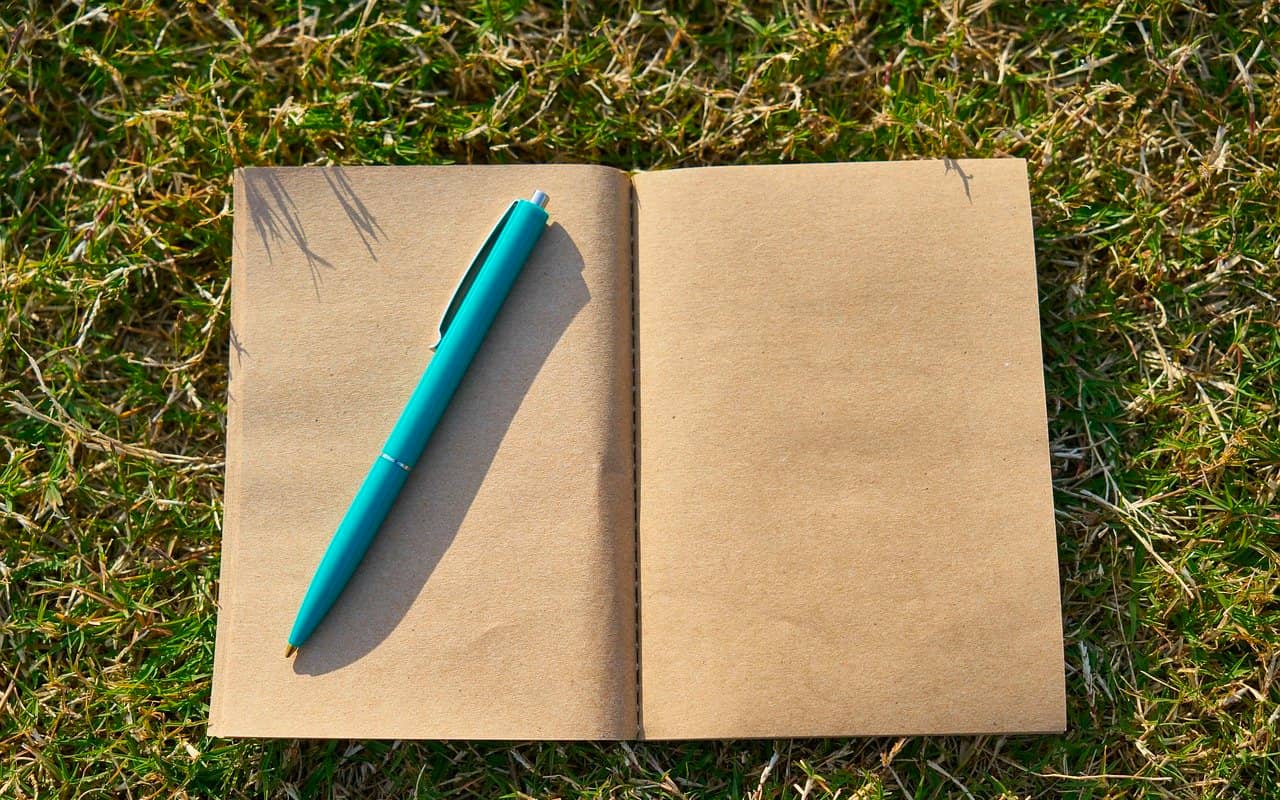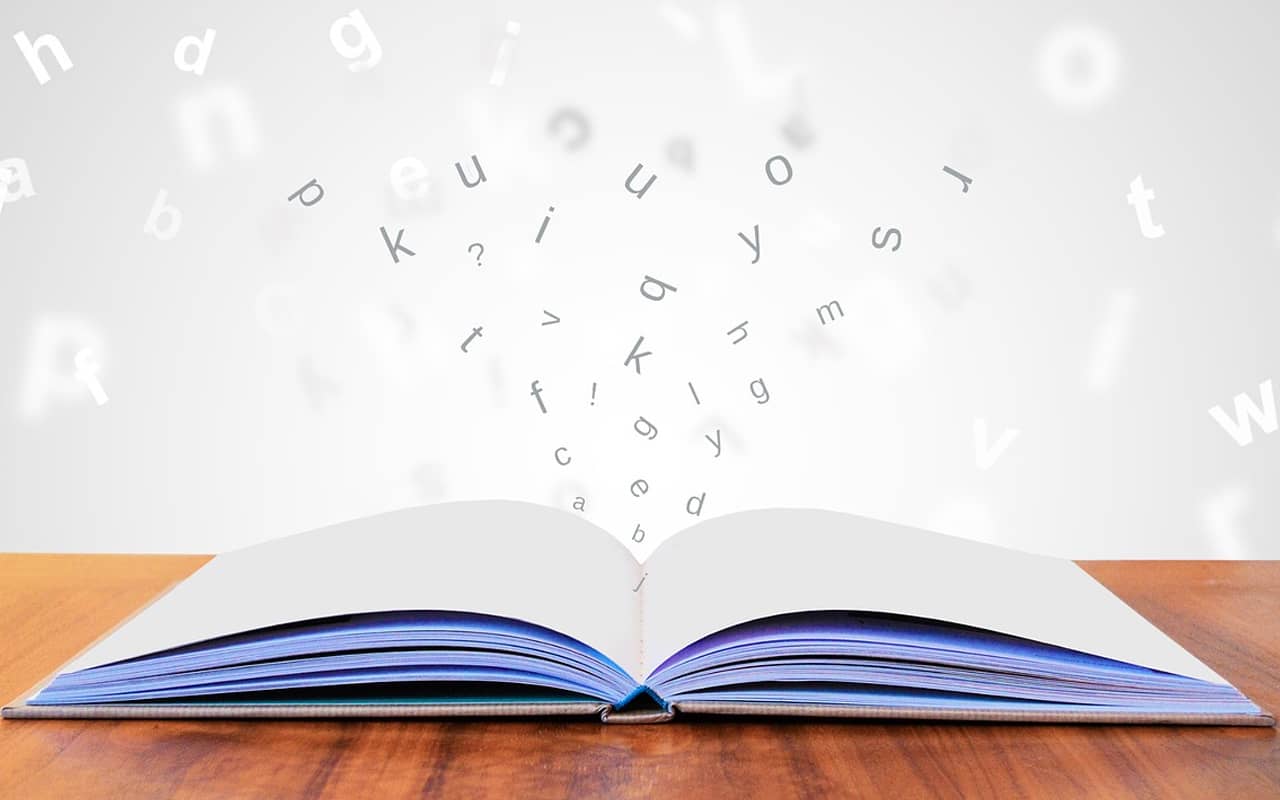
But you know the problem I find as a professor who has taught reading in three different countries?
Most tips and techniques for reading you find online are generic. Worse, they don’t seem to come from people who actually read challenging books or difficult articles.
On this page, you’ll learn reading strategies that help you read and remember more from:
- Excruciatingly tough academic books that are so boring you’d rather pull your own eyelashes out
- Deeply fascinating history books you’d love to read, but currently find too tough
- Literary novels you’re dying to appreciate, but can’t penetrate
- Scientific textbooks overloaded with formulas and graphs that leave you cross-eyed even though you’d love to figure it all out
- Older books filled with antiquated vocabulary and sentences so long you could use them to repave the street
I read each and every kind of these books. To keep up and milk them of everything they’re worth, I employ a number of reading comprehension skills. They help me get through even the toughest reading material. And on this page, I’ll share all of them with you.
Let’s get started.
A Proven List Of Reading Techniques And Skills For Deeper Learning
Are you ready for a list of the best techniques for reading at a higher level? These are my favorite reading techniques. Not only have all of them been scientifically verified.
I’ve personally benefitted from using them and seen my students excel after just a bit of application. It doesn’t take much.
One: Seek Authoritative Books And Articles
People often fail to understand because their reading materials are poorly written, poorly researched and unchecked by other experts.
The CDC provides a guide that can help you determine what counts as a valid source. In my experience as a person who conducted research to complete a PhD and write several books, here’s a summary that expands on their suggestions:
- Determine the year of the publication and assess if it is recent enough to include current research or will need supplemental reading
- Check the status of the publisher (i.e. does the material come from a real press or a vanity publisher?)
- Check that the article has been peer-reviewed or had a referee process
- Research the author’s credentials
- Are any grants or funding sources listed that may have biased the results?
- Is the length long enough to be authoritative?
- Does it include a bibliography or list of works cited?
- Look for footnotes or endnotes
- Are there charts and graphs (if relevant to the topic)?
- What was the research process like and are the experiments valid or based on anecdotal reports?
Of course, the answers to these questions don’t necessarily rule any particular reading source out. And ultimately you need a blend of sources so you can develop a radar for what is valid and isn’t.
Two: Balance The Scientific With The Popular
There’s nothing wrong with reading popular books that simplify complicated topics.
As I show in this post on the best books on linguistics, Steven Pinker is great for both popularizing scientific concepts in linguistics and consciousness.
However, reading a synthetic account in accessible language is not the same as reading some of the source texts he himself draws upon. To retain more information effectively and efficiently, you need to balance the simpler sources with the difficult.
Don’t worry: Taking on challenges that stretch your mind helps you grow. You just need to approach the harder books strategically using all the tips on this page and not give up too soon.
Three: Have A Reading Plan
Bonnie Meyer makes a very important point in “Reading Research and the Composition Teacher: The Importance of Plans.” She writes:
“People remember more and read faster information which is logically organized with a topical plan than they do when the same information is presented in a disorganized, random fashion.”
Dr. Meyer says that more research has to be done into exactly what kinds of reading plans work best. Until then, here are some suggestions based on my experience.
What is my experience?
Well, when I was an undergrad at York University where I later completed my PhD in Humanities, I used to bug my professors to get the course syllabi early. That way I could read the material in advance and even get a head-start on some of the writing assignments.
These days, you can surf the web for reading lists on all kinds of topics. You can join MOOCs or other online courses to get reading lists to follow, or compile your own in a variety of ways.
You can also email professors and other topic specialists for suggestions, many of whom keep reading lists on their websites. Neuroscientist Sam Harris keeps this recommended reading resource up, for example. I often update this Memory Palace books resource for you as well.
The trick is to avoid getting into a “hunter pattern” of falling into “collector’s fallacy.” As Candy Palmater recently shared on CBC, she needed to get rid of 1500 books because they really had no place in her massive collection.
And that’s largely due to not having a reading plan.

There’s no perfect way to create one, but you could consider embedding it in a well-formed vision statement. The best thing I’ve learned about planning is that you have to actually practice planning.
After all, things change fast, and when you’re well-practiced at planning, quickly pivoting so you can get through last minute reading you need to add will be one of your best comprehension skills.
Four: Establish An Environment
In Learning How To Learn, Barbara Oakley stresses the importance of your environment for reading. You simply cannot expect to read well if you are constantly interrupted.
It’s not just that your environment dictates how much you understand. This study shows that your environment influences how much you read.
I personally like to have several go-to locations, including:
- Home
- Parks
- Libraries
- Cafes
I pick the right places for the goals, and move around a lot because movement helps facilitate understanding and memory. Also, moving between locations to take quick breaks has been proven to help you study faster.
When it comes to your environments you can control, Pernille Ripp suggests removing unnecessary distractions, including furniture that can create visual disruptions.
In her book, Passionate Readers, she also suggests placing positive affirmations in key places to help remind you to keep focused on your goals and keep your love of learning high.

In sum, environment helps you maintain the right mood, focus and time factors that help you succeed.
Five: Learn How To Identify Key Information
Whether you’re skimming and scanning or reading each and every line word for word, you need to avoid getting bogged down in the information that impedes understanding.
In How to Memorize a Textbook, I share a simple strategy that helps you “cull” the most important information from your reading.
Priming is one of the best reading comprehension strategies for “culling” because it helps you rapidly determine the big ideas and extract them from the source for later use.
Six: Know What Counts As Scientific Evidence
People think they understand science, but often they don’t. They get skeptical about scientists and suspicious of data.But when you know what science really is, such distrust is impossible. This is because science is nothing more than a tool that helps us gather evidence that either confirms or denies our hypothetical statements.
This means that all good reading starts with clear questions that actually can be answered by the process of gathering evidence.
You’ll also want to know the difference between quantitative and qualitative research.
- Quantitative = Observations based on large numbers of participants or events
- Qualitative = Observations based on limited contexts, such as interviews with individuals
To learn more about the role of scientific evidence and thinking in your overall growth as a reader, I suggest William Quine’s From a Logical Point of View.
Seven: Use Multi-Sensory Note Taking
There are a number of ways to take notes, ranging from paper, apps and even directly into your mind. Here’s a list of resources where you can learn more:
- The unusual ways I took notes with simple doodles and other techniques in university
- Mind mapping
- The Memory Palace technique
- Mind mapping with a Memory Palace
- Using my approach to note taking from textbooks
- Zettelkasten for more tactile interactions with your notes
- Leitner Box for introducing time-based reviews on a regular schedule
For more on how to bring all of these techniques together as you embrace sensory learning, please consider registering for my free memory improvement course:
Eight: Use Multi-Sensory Mental Visualization As You Read
Do you see images in your mind?
I don’t, but I trained myself to experience as much of my reading as possible using a simple formula called KAVE COGS. These are the “Magnetic Modes” and they help you run through a deeply immersive and engaging experience while reading.
- K = Kinesthetic
- A = Auditory
- V = Visual
- E = Emotional
- C = Conceptual
- O = Olfactory
- G = Gustatory
- S = Spatial
For an example of how this works, take this quote from Plato:
“We can easily forgive a child who is afraid of the dark; the real tragedy of life is when men are afraid of the light.”
To use the KAVE COGS formula, you would imagine feeling like a child crying in the dark and mentally try to experience those sounds in your mind’s ear. You would feel the emotions of fear and imagine what it looks like to see both a child and an adult trembling. You would even taste the tears in your mouth to engage as deeply as possible.
If you practice following this formula in part or holistically, you’ll find your engagement with reading material increases dramatically. Here are more visualization exercises and a visualization meditation that will help make the most out of this reading technique.

Nine: Outsmart The Author As You Read
In “Literacy Advantages Beyond Reading: Prediction of Spoken Language,” Falk Heuttig and Martin Pickering make a key point:
Literacy not only improves memory. It improves your ability to predict the information yet to come in both reading and conversation. Here’s an important quote from the research article:
“We do not suggest that people always predict but they may predict aspects of language such as meaning or grammar (e.g., a noun referring to something edible) even if the word itself is unpredictable. They pre-activate predictable upcoming information and use it to reduce processing load if the upcoming information is subsequently encountered. In other words, they can focus on checking for matches between it and the input.”
To accelerate how this prediction is already happening to you, ask questions while you read. I’m talking about questions like:
- Where is the author going with this point?
- What kind of evidence will the author provide to substantiate these claims?
- What is the most logical conclusion to this line of thinking?
- What will my opinions and feelings be if my prediction is right?
- What additional resources might I need to read or topics will I have to cover in order to get more from this book?
- What topics I’m already familiar with does this reading connect with?
- How would I summarize this point in my own words?
The more you read with questions like these as you try to “outpace” the authors, the more your reading comprehension skills will evolve.
Ten: Memorize The Dictionary
Here’s one of my favorite parts of Moonwalking With Einstein, a classic memory book by Joshua Foer:
“Dr. Yip Swee Chooi, the effervescent Malaysian memory champ, used his own body parts as loci to help him memorize the entire 56,000-word, 1,774-page Oxford Chinese-English dictionary.”
He’s not alone. Memory champion Anastasia Woolmer has also been working on memorizing a dictionary.
Why on earth would anyone do that?
The answer is simple:
If you want to read faster and remember more, you have to increase your vocabulary.
Of course, you don’t have to memorize an entire dictionary. Even just combing through it for words you don’t know and then committing them to memory will be tremendously useful.
Plus, as we age, we lose some pattern recognition. It’s a good practice to regularly read dictionaries to revive words we may have lost and learn new ways we didn’t realize they can be used.
Eleven: Schedule Time For Reflection
If there’s one reason why people understand less than they could, it’s a lack of processing time.
Let’s face the facts: No one makes time. The best we can do is manage it.
Fortunately, there are many reputable resources that will help you do that. James Clear’s Atomic Habits is a valuable resource, as is The Freedom Journal.
When it comes to reading, everything circles back to having a reading plan. Although there’s no cookie cutter answer to how exactly to create one, it will be best served when you’re following both a list of books and a schedule for reading.
What if you don’t feel like reading during the allotted time? Well, the first step is to not worry about it. These things happen.
But if you meditate, you’ll have the mental strength needed to push through. And to get the most out of your time, you’ll want to take care of your resilience skills just as much as your reading skills.
Getting The Most Out Of Your Reading Techniques
As we’ve seen, people can get into the habit of gathering more books than they’re capable of reading. The same thing can happen with strategies.
To make sure you’re getting value from the suggestions you’ve encountered today, plan to put them into action. I’ve given you a lot of resources to follow-up on, so you can start the practice of planning and scheduling now by designing a plan of attack for learning them.
Aim to spend at least 90-days on some of the more hands-on-skills. For example, visualization while reading is not going to develop over night. I’ve practiced it for years, and although it always helped, it wasn’t until much further on that I really started to experience the fullest benefits.
Patience is key to reading well, and practice is the most direct way to acquire it.
What reading strategies have I missed? What are your favorite ways to read?
Let me know in the discussion area, and I look forward to hearing about how you tackle the reading material you need to conquer.
And please, never forget: The quality of your mind is the quality of what you can remember and understand from your reading. Choose your materials well and engage with everything deeply. The rewards of doing so are very high.
Related Posts
- 7 Active Reading Strategies That Help You Remember More
Active reading strategies are often poorly misunderstood or lacking. Get these 7 active reading activities…
- 5 Proven Visualization Reading Strategies For Comprehension And Memory
What is a visualization reading strategy and how does it affect memory and comprehension? This…
- Reading Comprehension Strategies: 13 Ways To Eliminate "Rewinding"
Good reading comprehension strategies are hard to find. This resource gives you comprehension techniques for…










